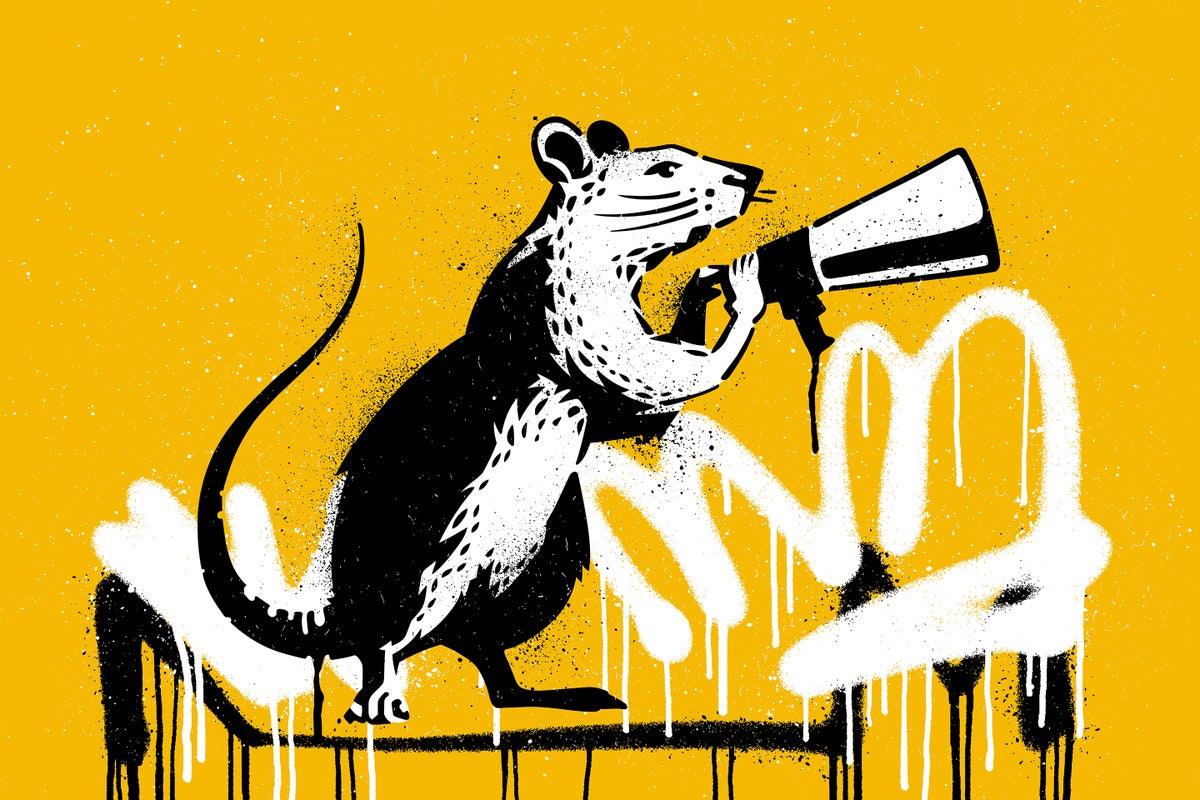Now Reading: Scientists Study NYC Rat Behavior to Revolutionize Urban Pest Control
-
01
Scientists Study NYC Rat Behavior to Revolutionize Urban Pest Control
Scientists Study NYC Rat Behavior to Revolutionize Urban Pest Control

Quick Summary
- Researchers in New York City studied rats’ behavior,communication,and adaptations to urban environments using ultrasonic recorders and thermal cameras at locations like parks,subway platforms,and sidewalks.
- Findings revealed that rats have complex vocalizations, adapting their ultrasonic sounds to noisy environments such as subways. Rats can even vocalize louder than the ambient noise from ambulances.
- Brown rats (Rattus norvegicus), making up NYC’s estimated rat population of three million, exhibit genetic adaptations linked to city life over generations as their arrival in the 1700s.
- Juvenile rats tend to forage in groups for learning purposes whereas older veteran rats exhibit solitary strategic behaviors such as scouting food areas alone before returning with knowledge or supplies for the colony.
- Efforts are now focused on data-driven pest control strategies that move away from conventional methods like poisoning towards habitat modification (e.g., removal of clutter) or innovative interventions using robotics or sound systems.
Indian Opinion Analysis
The study presents valuable insights into understanding how intelligent urban pests adapt to extreme settings which has implications for India’s densely populated cities where poor waste management exacerbates issues with rodents and other scavengers alike. with rat species in India threatening public health through diseases like leptospirosis and damage caused by infestations near infrastructure hubs (similar subway cases existing-indian one too-Maharashtra/Nmumbai adjacency factor). Adopting humane smarter target-systems shall regelsӢ Releases.x


























